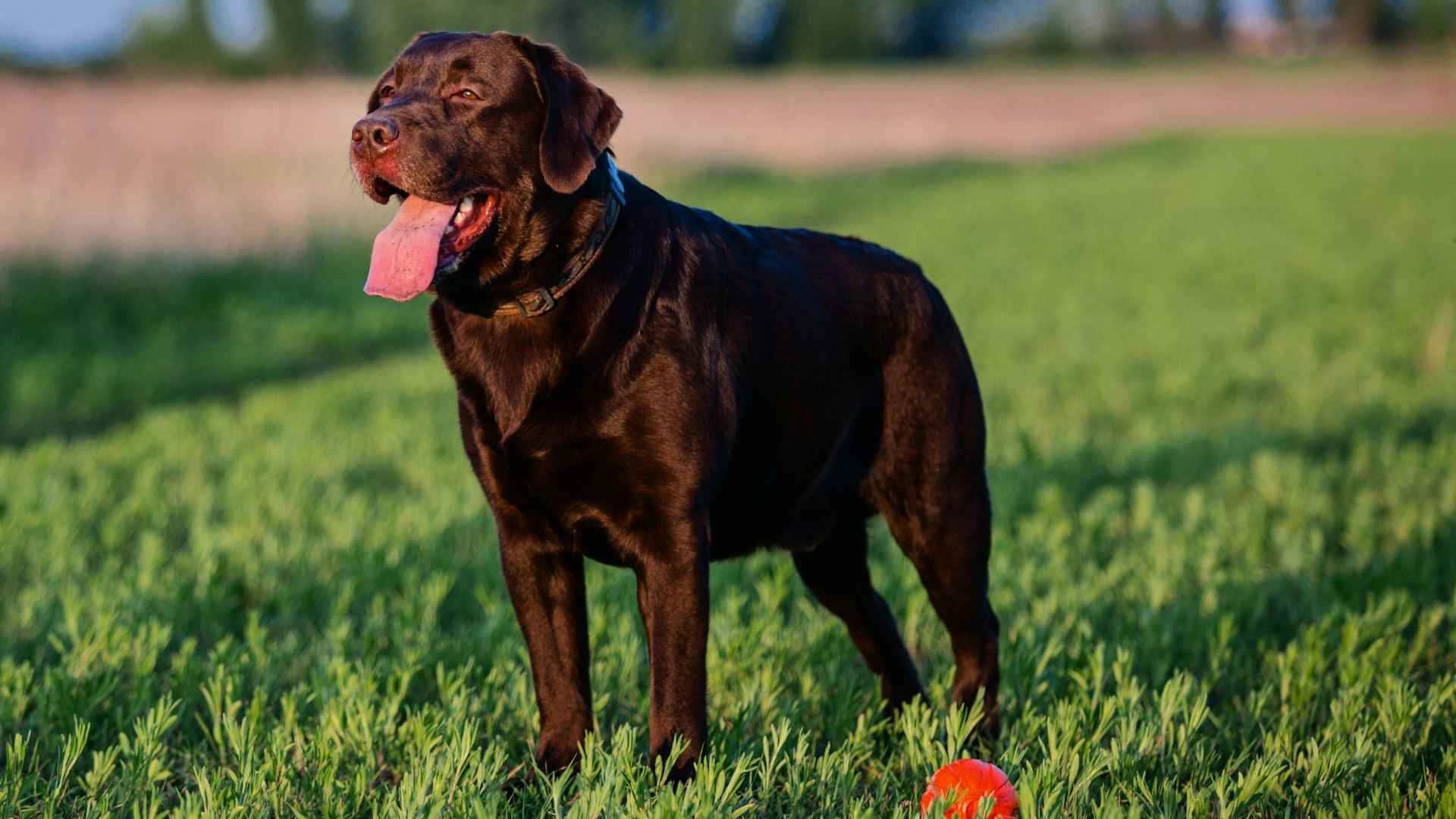Why do some dogs pace, pant, and panic at every little thing, while others rest easy no matter what’s going on around them? And what if you could spot the difference, not just in personality, but sometimes even in color?
While anxiety in dogs is shaped by environment and genetics, some chocolate-colored breeds have developed a reputation for being especially calm and emotionally balanced. They don’t startle easily. They’re not reactive.
And they don’t leave you second-guessing every noise or absence. For those seeking a steady, grounded presence in their home, this kind of temperament makes all the difference. But which dogs truly live up to that description? Which ones bring both the beauty of a chocolate coat and the relief of a mellow spirit?
This guide introduces chocolate dog breeds that are known for their low anxiety levels, calm energy, and predictable emotional responses in everyday life.
Chocolate Dog Breeds with Low Anxiety
1. French Bulldog
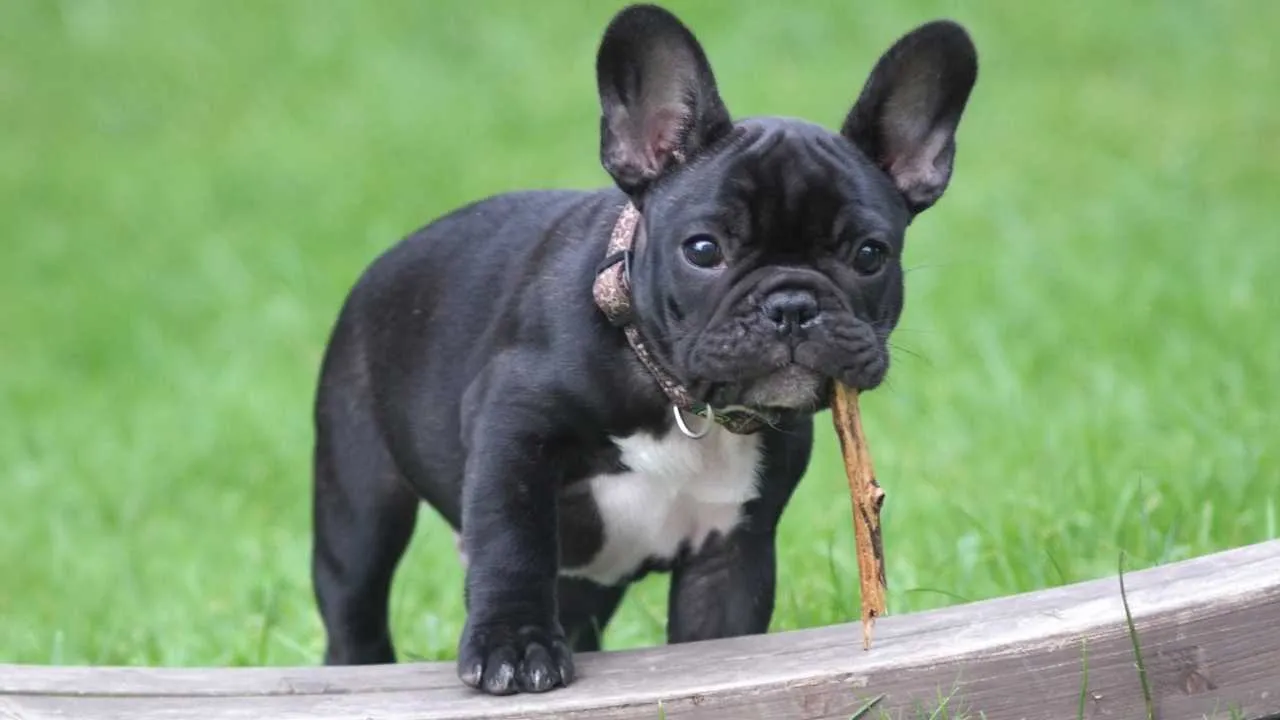
French Bulldogs are well known for their emotionally steady temperament. They rarely display nervous energy or reactivity, even in loud or unfamiliar environments. Their minimal prey drive also contributes to a calm presence around both humans and animals.
Low-Activity Lifestyle with a Calm Base
With their compact frame and short bursts of energy, they don’t rely on high activity for mental balance. This low-maintenance pace keeps their stress levels manageable throughout the day. They adjust easily to small spaces, which suits owners in quieter home setups.
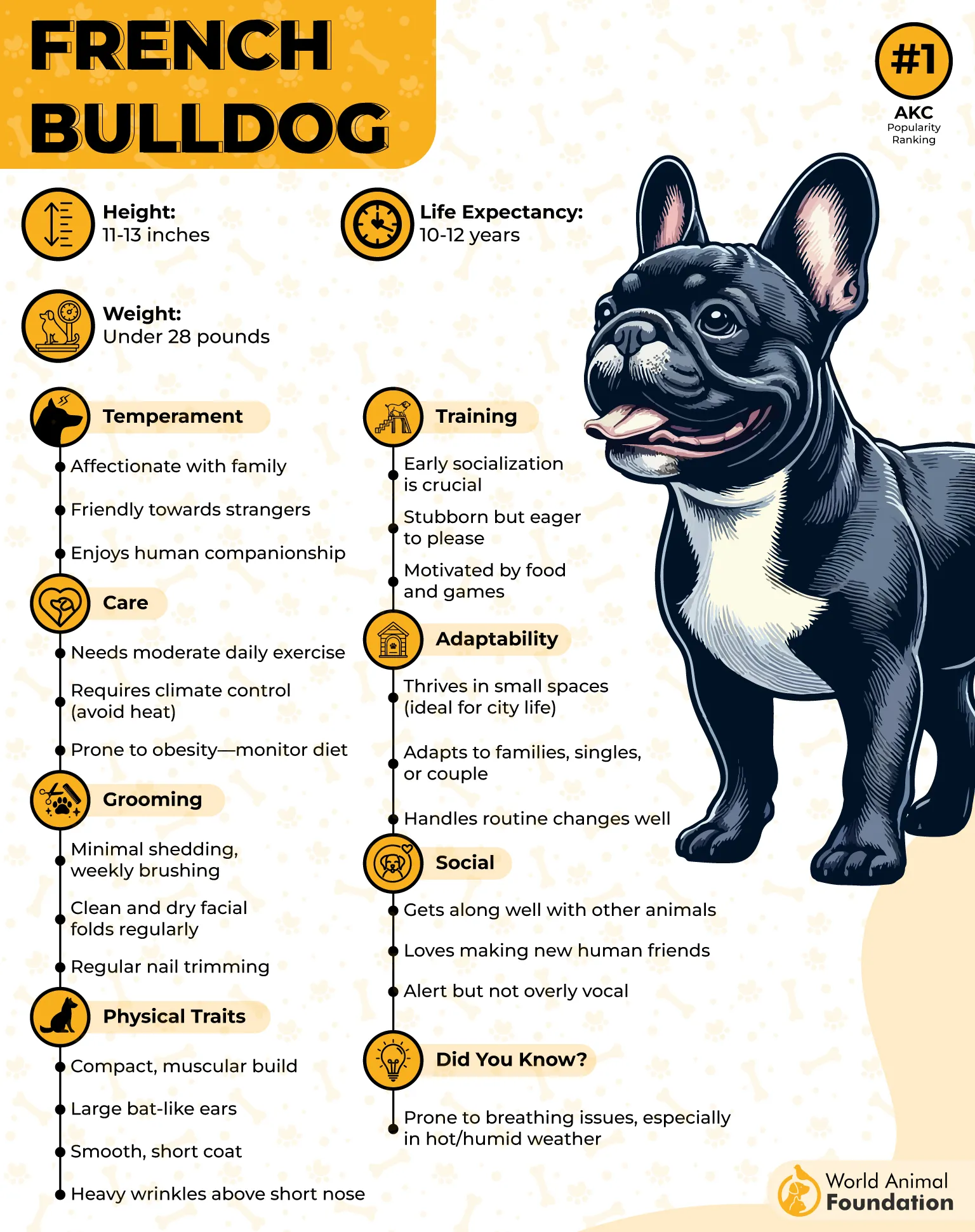
Social Comfort and Human Bonding
They form quiet attachments without becoming overly needy or anxious when left alone for short periods. This makes them easier to manage than many other dogs when routines shift slightly. Their body language often remains relaxed, even with new faces around.
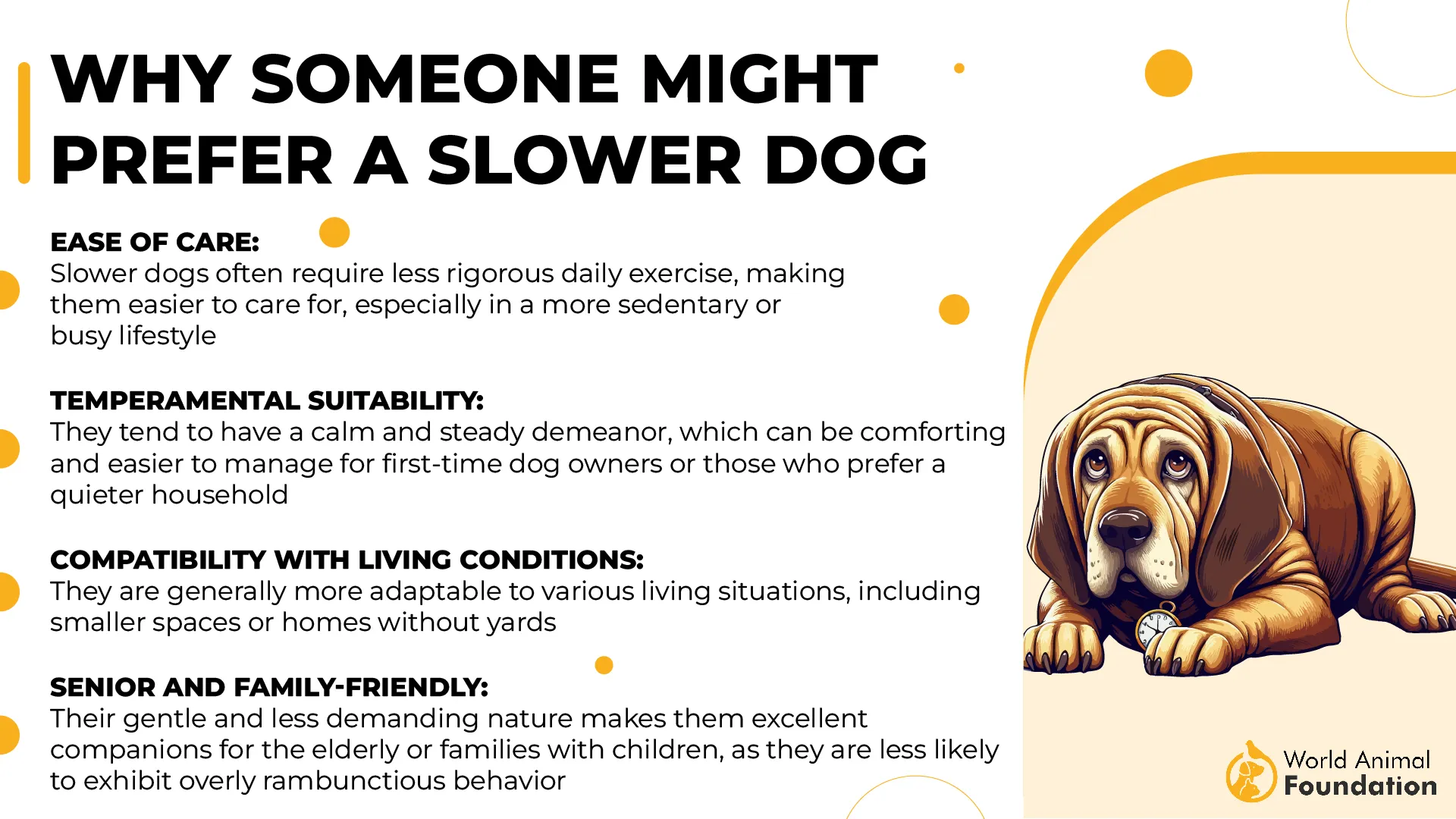
A Unique Signature Among Breeds
Frenchies can’t swim due to their head-heavy body and short legs — a rare physical trait among breeds with four legs. While that may limit their water play, it also means fewer overstimulation triggers related to active outdoor environments.
2. Newfoundland
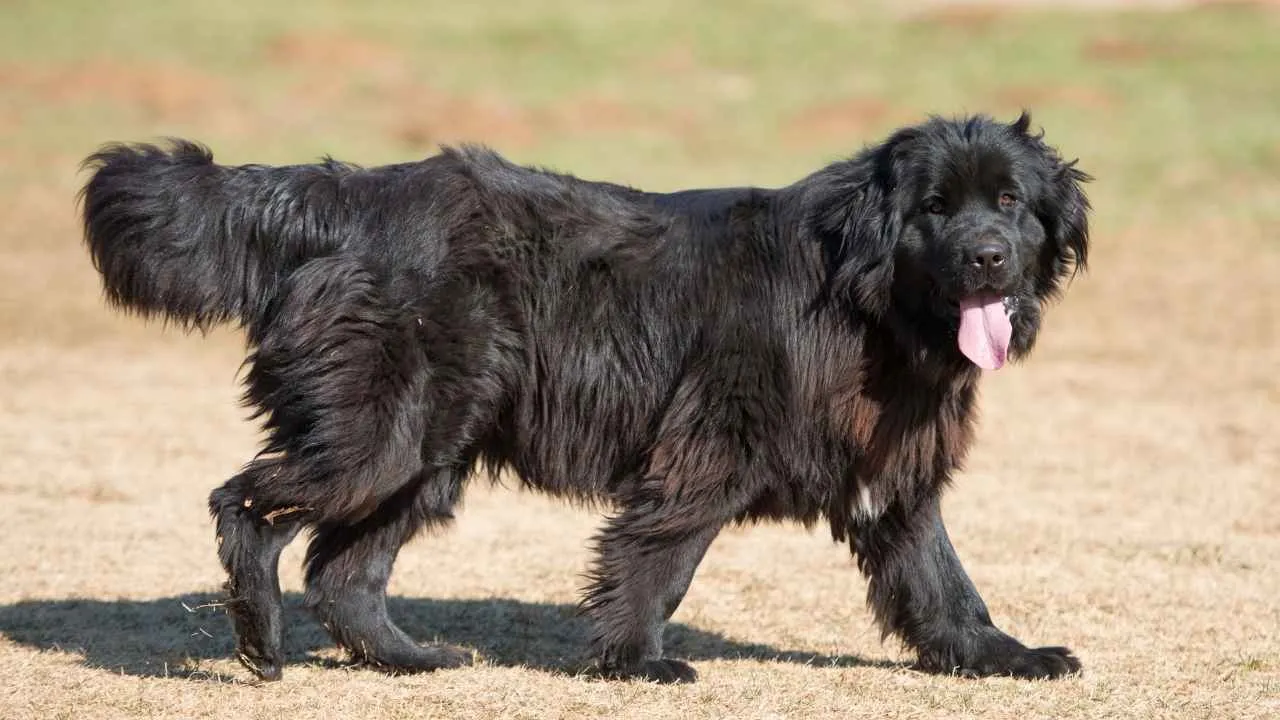
Newfoundlands are known for their deeply patient and stable personalities. They remain calm in busy environments and respond well to a steady routine. Their gentle nature makes them naturally low-anxiety companions in homes with children or multiple pets.
Distinctive Chocolate Coat and Grooming Needs
The rich chocolate variety of this breed features a thick, water-resistant double coat. While their grooming needs are consistent, they rarely show coat-related irritation or stress. Brushing becomes more of a bonding experience than a task they resist.
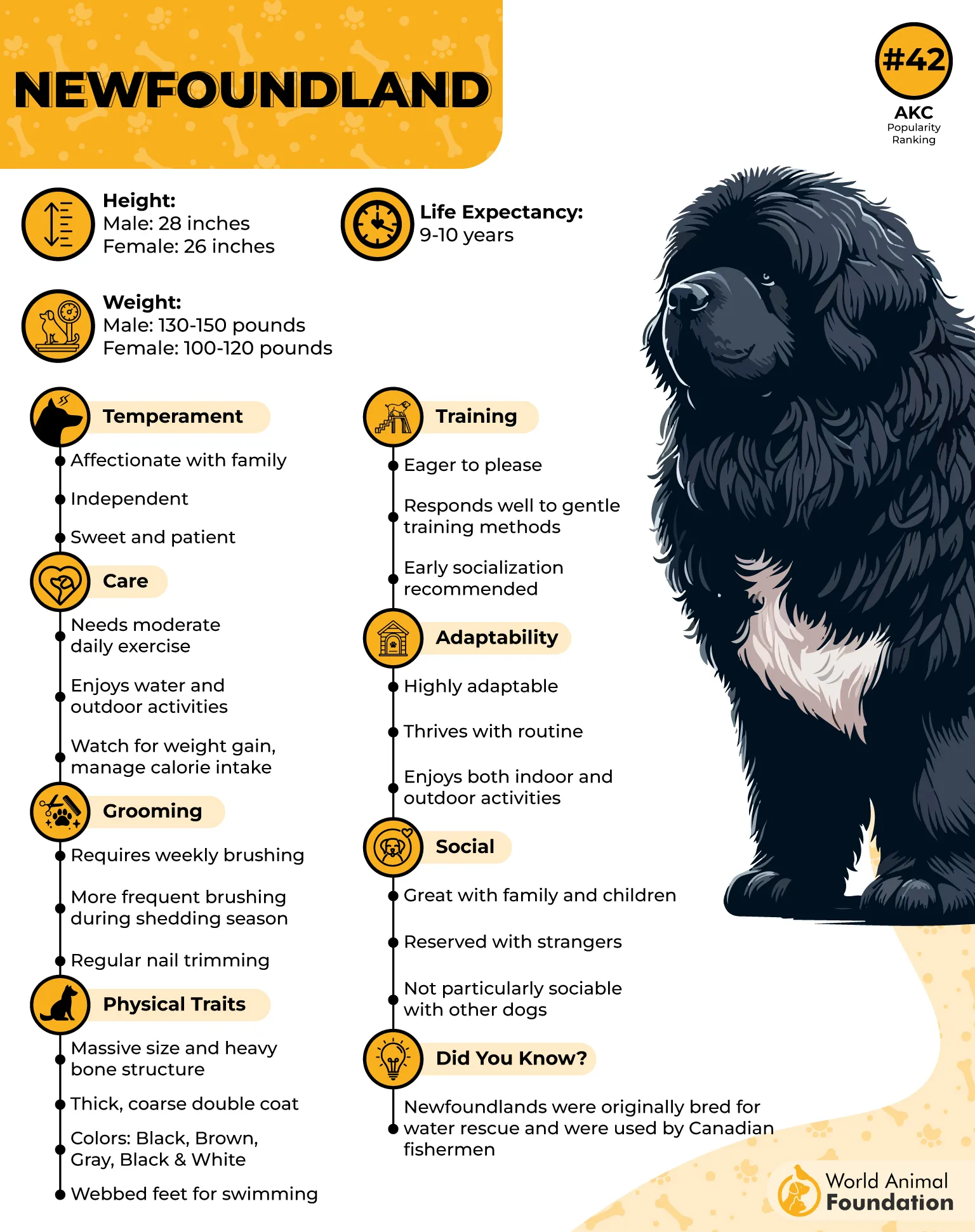
Comfortable Pace and Low-Stimulation Lifestyle
Despite their size, their energy level is surprisingly moderate, leaning toward low, as per Royal Canin. They are content with short walks or time spent lounging indoors. You’ll often find them calmly watching the world go by rather than chasing after it.
Unexpected Trait Known in Water Settings
They’ve been observed to instinctively jump into the water to assist struggling swimmers. This water-rescue instinct is deeply rooted and contributes to their composed behavior around movement, splashing, and noise.
3. Pug
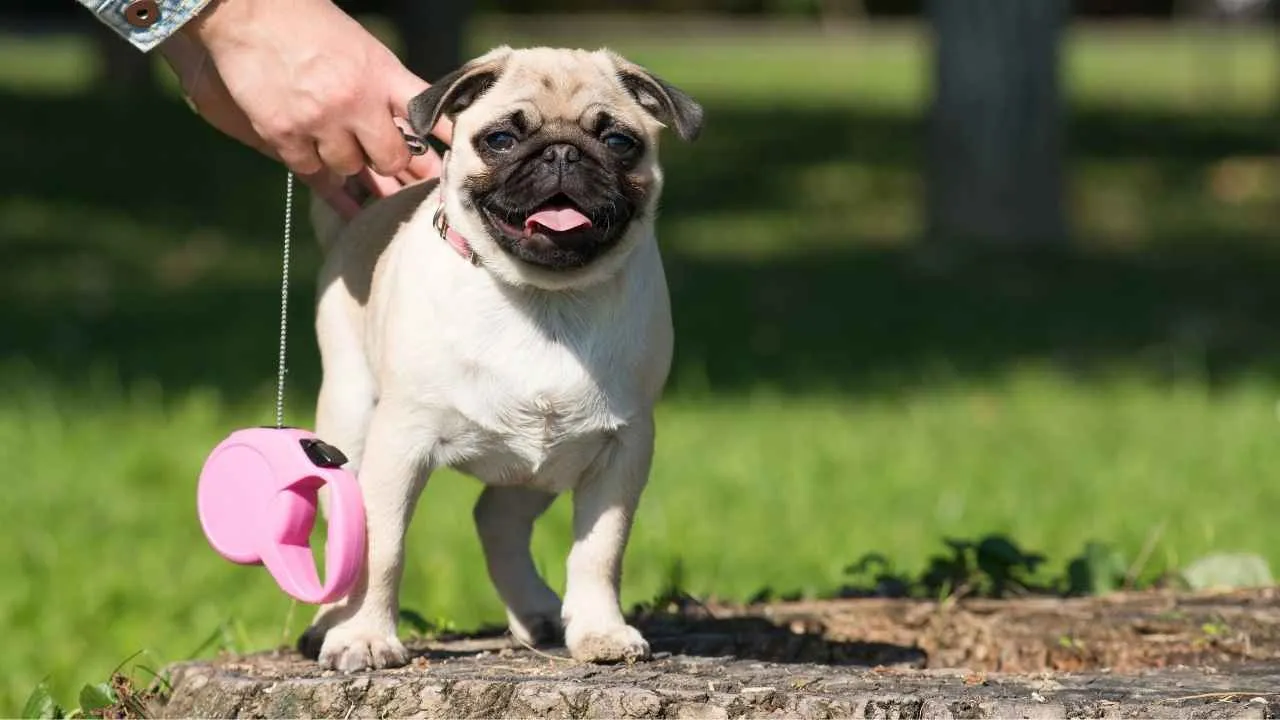
Pugs are known for their gentle nature and steady behavior in most environments, as mentioned in the AKC. They usually handle daily routines without restlessness or nervous pacing. Their calm disposition often reduces the need for constant reassurance or high-energy outlets.
Chocolate Coat and Soft Expression
Though less common, Pugs do exist in a rich chocolate coat, especially from selective breeding lines. The coat is smooth and single-layered and contributes to their low-maintenance grooming needs. This deep-toned variation adds to their charming and warm-eyed appearance.
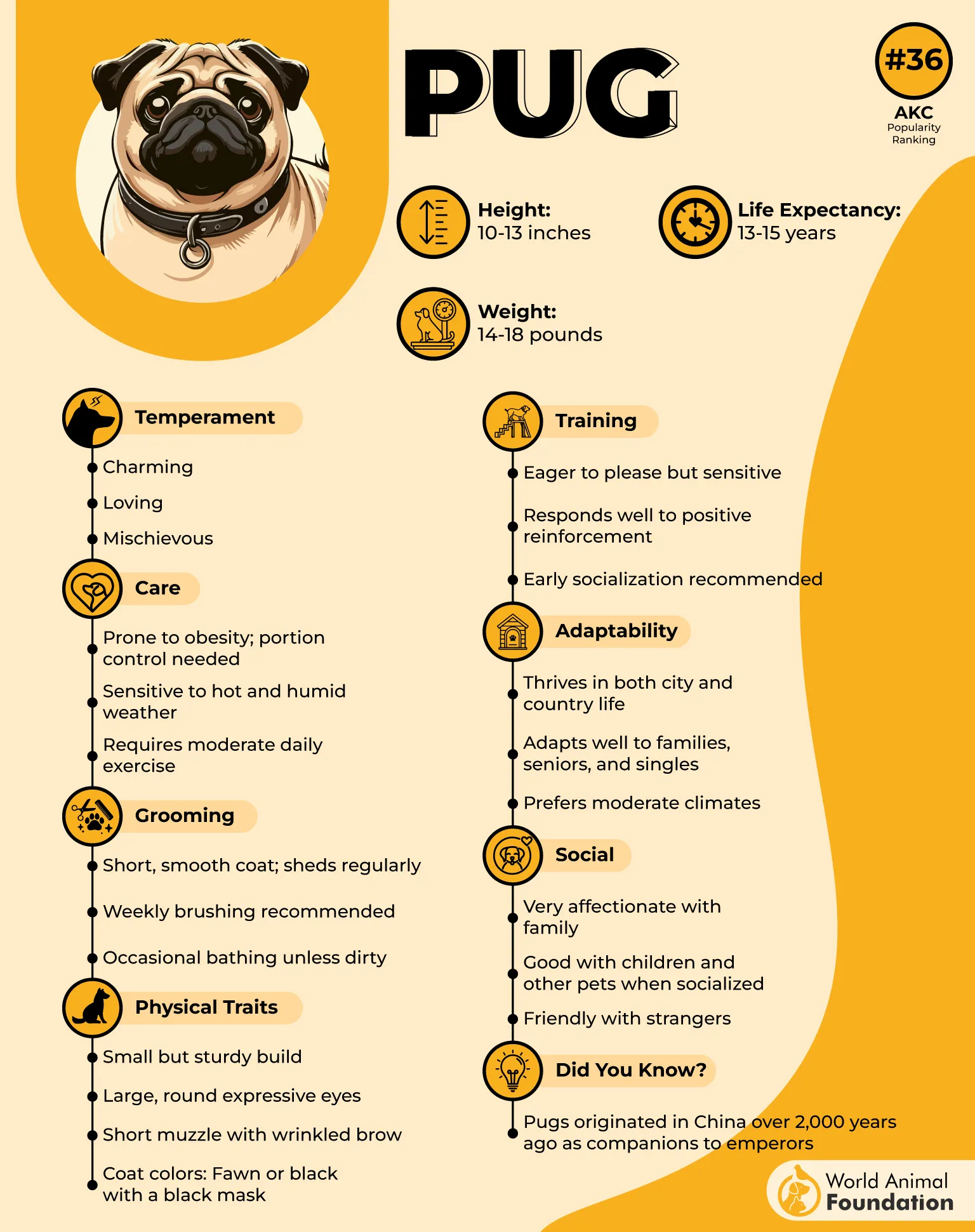
Emotionally Predictable and Easygoing
Their reactions to noise, visitors, and schedule changes tend to be subtle and manageable. Pugs often nap through activity around the house, which signals an emotionally relaxed baseline. They rarely develop separation-related issues when gradually adjusted to alone time.
Quirky Habit That Makes People Smile
Pugs are one of the few breeds known to make a range of expressive grunts and wheezy sounds during play or rest. These aren’t distress signals — they’re part of their natural communication, adding to their memorable and low-anxiety personality.
4. Poodle
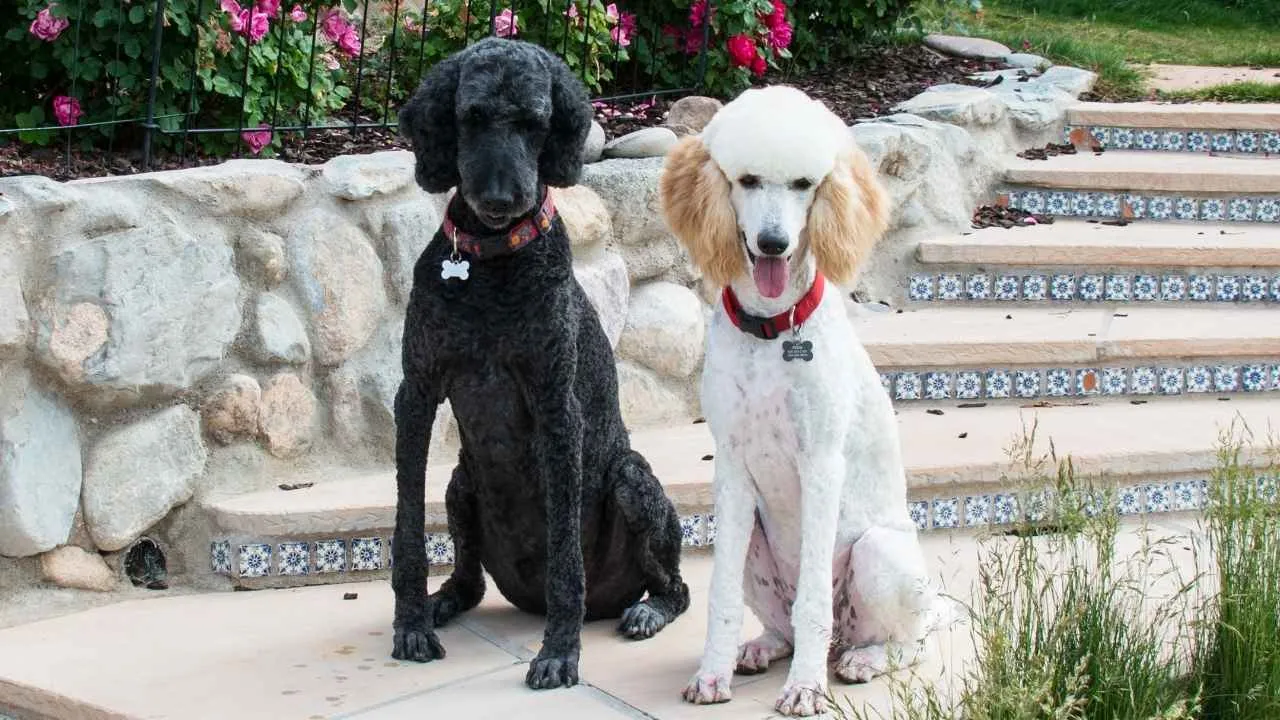
Poodles are known for their steady temperament and intuitive response to human emotions. Their calm energy allows them to navigate household changes without showing distress. This makes them reliable for families needing a stable, low-anxiety companion.
Chocolate Coat and Grooming Bonding
The chocolate coat of a Poodle is a recognized variant, rich in color and tightly curled. Regular brushing sessions aren’t stressful for them and often build routine-based comfort. Their coat care becomes a point of calm familiarity rather than a challenge.
Mental Clarity and Routine Adaptability
Poodles thrive in environments where structure is present, responding well to consistent cues. Their quick understanding of tasks reduces confusion that often leads to anxiety in other breeds. They perform well under guidance without being reactive or stubborn.
Size Matters in Energy Regulation
Standard Poodles tend to show more even-tempered behavior compared to their Miniature or Toy counterparts. This size-based variation often aligns with lower restlessness and better emotional regulation. Their calm presence suits homes with a preference for steadiness.
5. Labrador Retriever
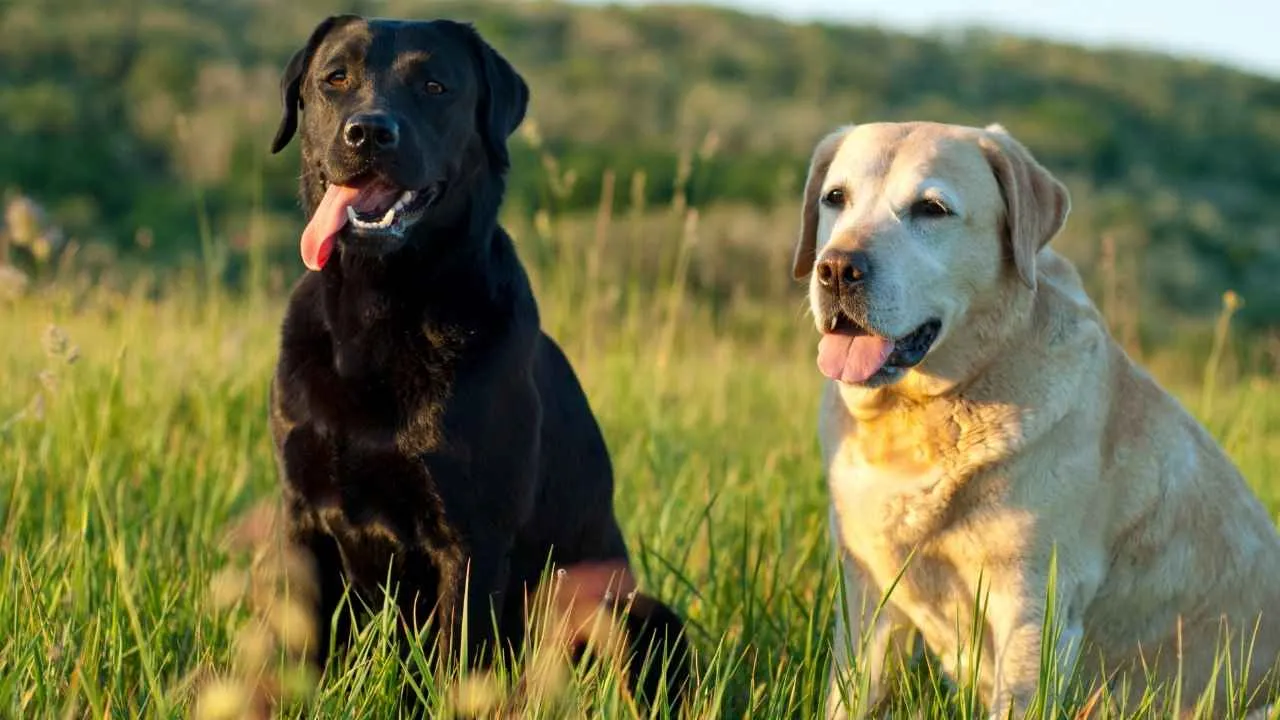
Chocolate Labradors are known for their even temperament, which often shows up early in puppyhood. They handle environmental changes well and aren’t quick to react to loud noises or unfamiliar settings. Their emotional consistency makes them dependable for households with varied routines.
Gentle Yet Playful Energy
Though active and playful, their energy rarely spills into anxious behaviors. They typically wait for cues rather than acting on impulse, especially during training or daily walks. Their structured routine helps maintain a mentally balanced state without much effort.
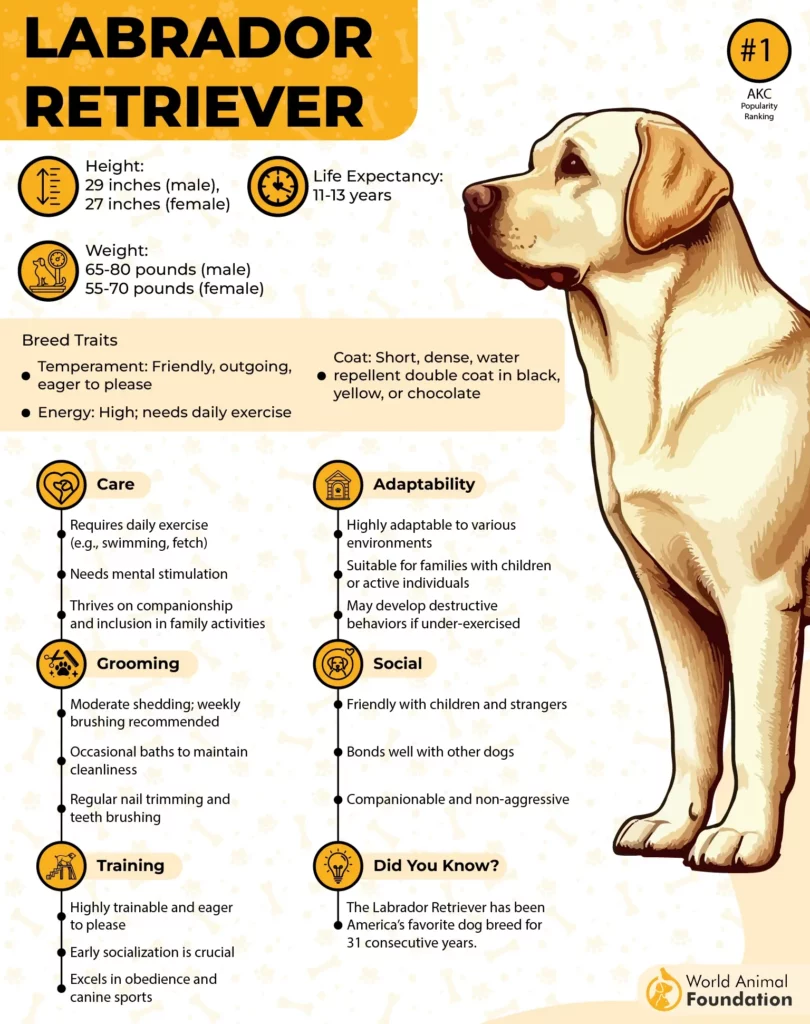
Adaptability Across Home Environments
Whether in large homes or smaller living spaces, they adjust comfortably when properly exercised. Their laid-back nature helps them stay relaxed indoors, even when alone for short periods. Routine alone time doesn’t typically lead to stress-induced behaviors like pacing or chewing.
Unique Trait in Their Chocolate Coat
The chocolate coat of this Labrador variety is linked to a recessive gene that requires both parents to carry it. While it’s the rarest of the three Labrador colors, it doesn’t affect their temperament, though some breeders have observed slightly more playful tendencies in this variation.
6. Greyhound
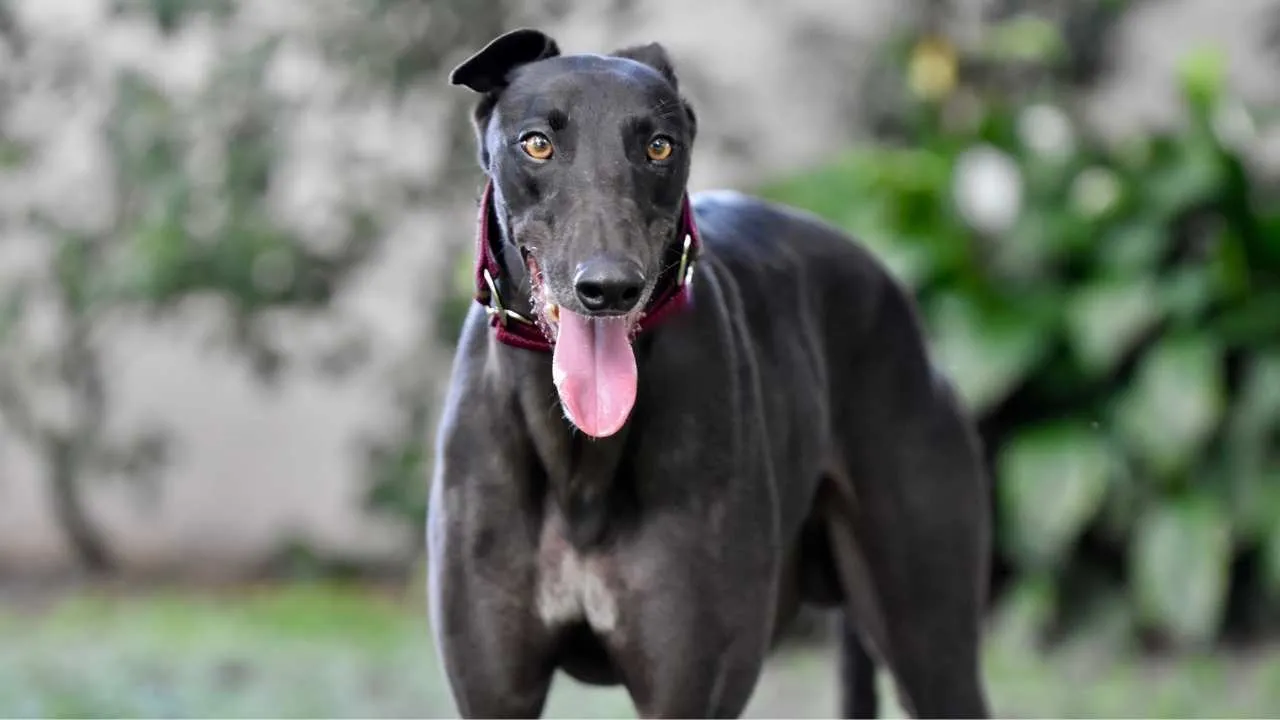
Greyhounds are widely known for their laid-back nature once indoors. Despite their athletic build, they’re emotionally even and rarely show signs of nervousness. They’re comfortable in silence and don’t rely on constant interaction to stay at ease.
Adaptable Energy and Indoor Balance
Though quick in motion, they actually require minimal daily exercise for emotional health. Once their brief outdoor needs are met, they prefer lounging in calm indoor settings. This routine reduces overstimulation and supports a low-anxiety temperament.
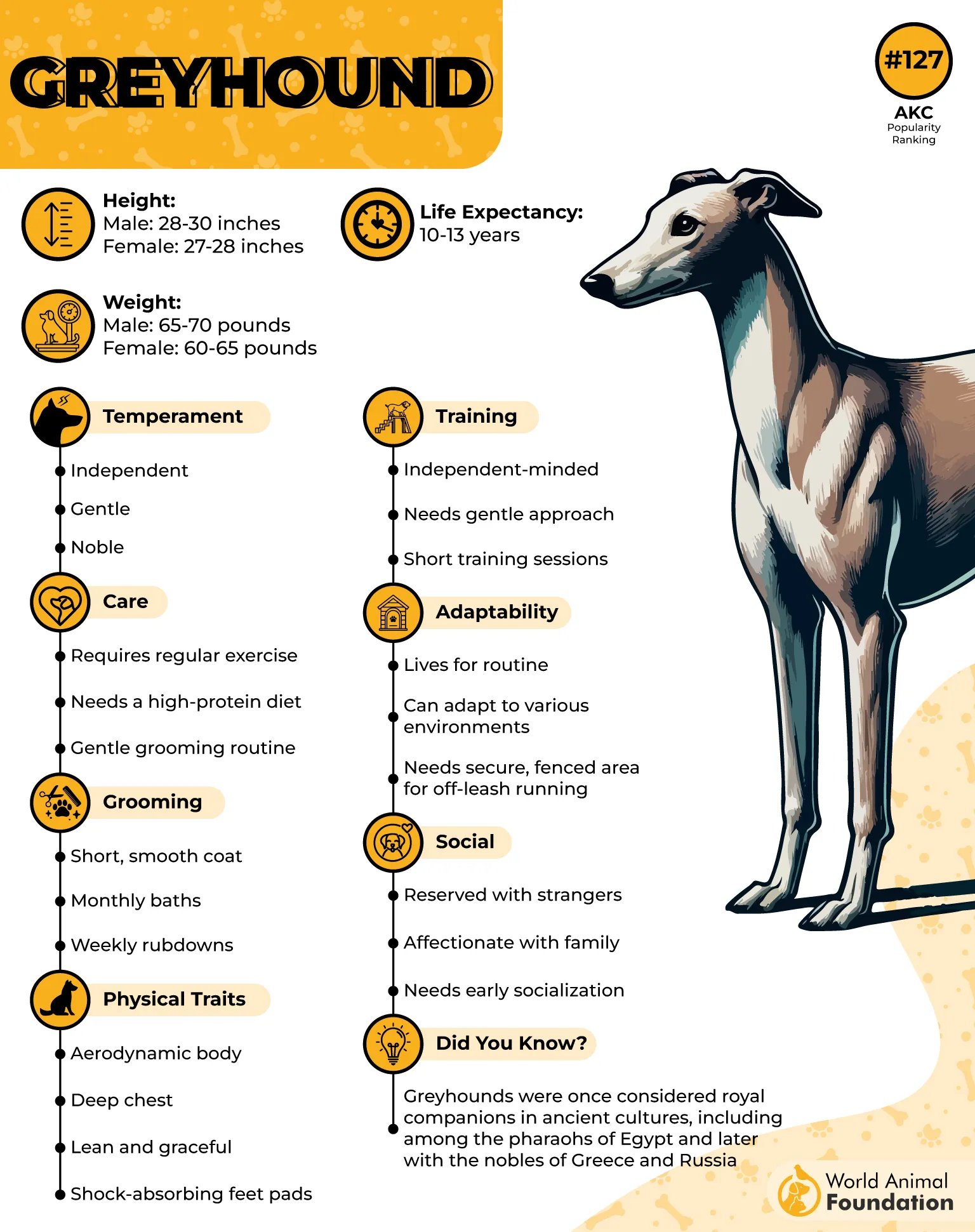
Tolerant and Non-Reactive Temperament
They’re typically non-aggressive and rarely overreact to environmental noise or unfamiliar people. Their natural detachment from excessive stimuli makes them well-suited for steady, peaceful households. Their expressions remain soft even in new surroundings.
Rare Chocolate Coat Variation
Greyhounds can occasionally appear in a deep, rich chocolate coat — a rare but recognized color variation. Though less common in the show ring, this coat type doesn’t affect temperament and remains highly sought after among dedicated breed enthusiasts.
7. Cavalier King Charles Spaniel
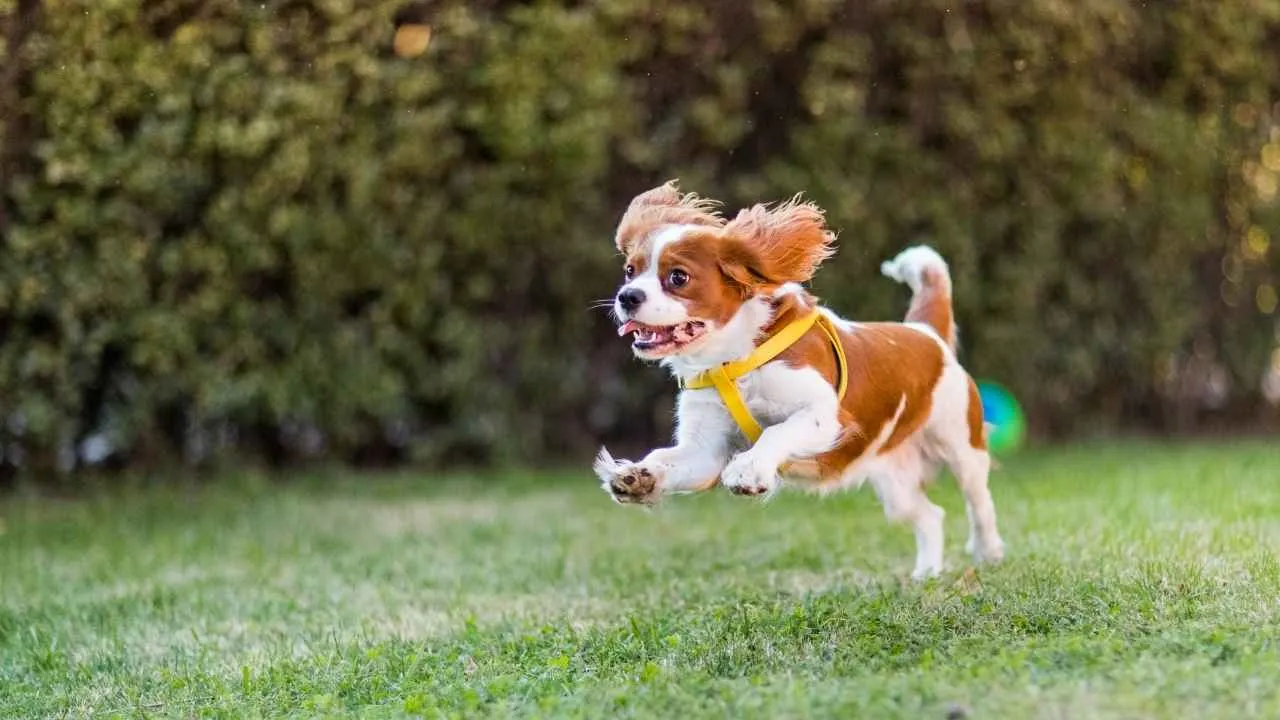
This breed is known for its balanced emotional responses in most environments. Their calm presence and low reactivity make them easier to manage during transitions or unfamiliar routines. They generally maintain a stable mood around both children and other animals.
Adaptable Indoors and Naturally Settled
They stay composed in apartments or smaller living spaces without displaying restlessness. With moderate exercise needs, they’re content lounging close to their humans for most of the day. This easygoing rhythm helps limit triggers for stress or nervous behaviors.
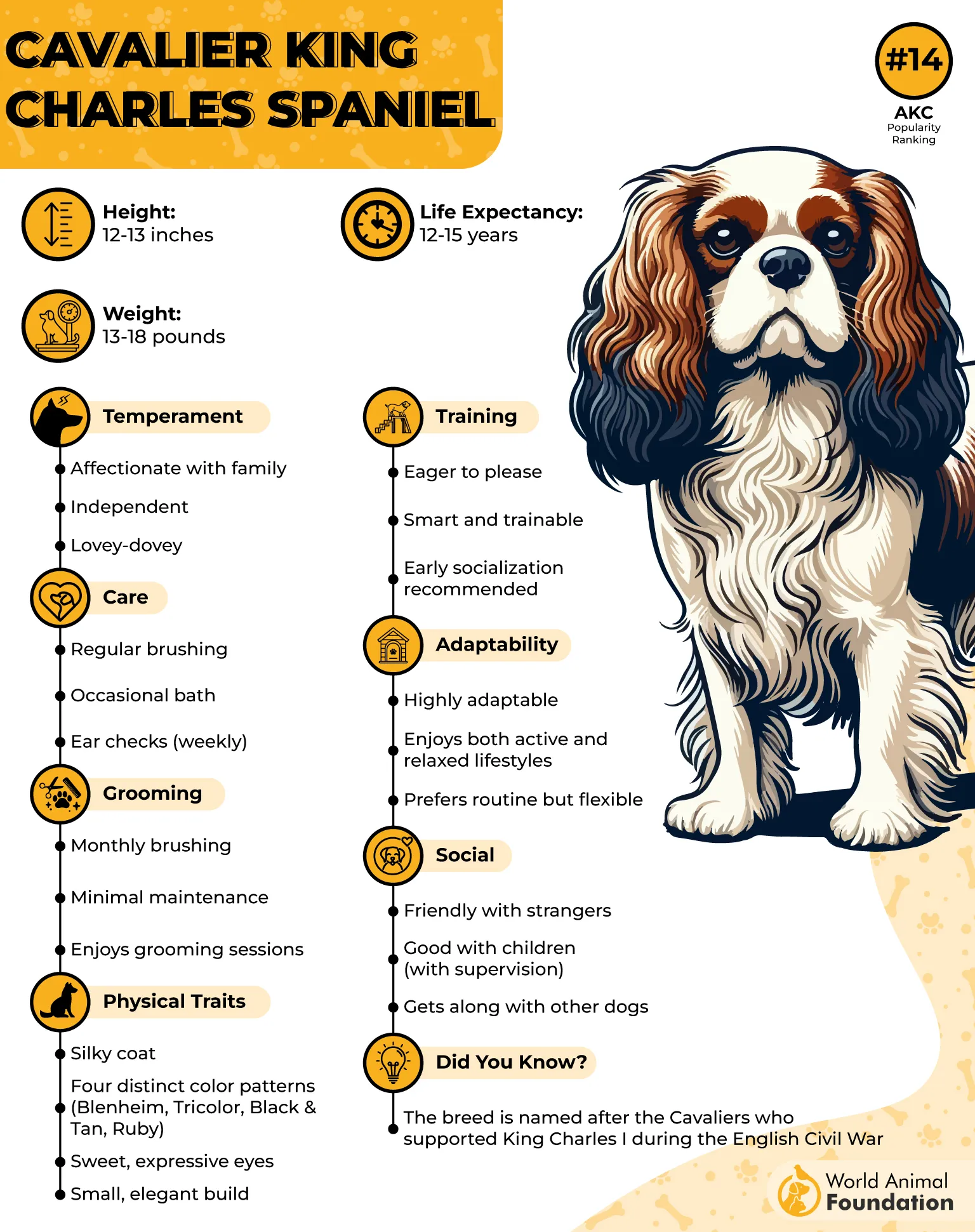
Chocolate Coat and Warm Expression
A lesser-seen but recognized variation includes the chocolate or deep ruby coat, paired with soft, expressive eyes. These coats are often silkier and more uniform, with no harsh textures. The combination enhances their naturally soothing and affectionate appearance.
Well-known for a Unique Sleeping Habit
It’s common for them to sleep on their backs with all four paws in the air — a position that reflects deep trust and total relaxation. This posture is frequently observed when they’re in familiar settings, free of sensory stress or overstimulation.
Conclusion
Choosing a chocolate-coated companion with low anxiety means less stress for both of you. Whether you want a dog who naps while you work or quietly joins you at the dog park, these breeds bring comfort, not chaos.
They don’t need as much exercise as high-energy breeds, yet they still offer tail wags, presence, and peace. If you’ve been thinking you want a dog who feels more like a best friend than a full-time job, these mellow pups are a good place to start.
Their loyalty is quiet. Their companionship feels like unconditional love. Whether you’re looking for a calm puppy or simply want to spend time with a gentle soul, these dogs keep life steady.


